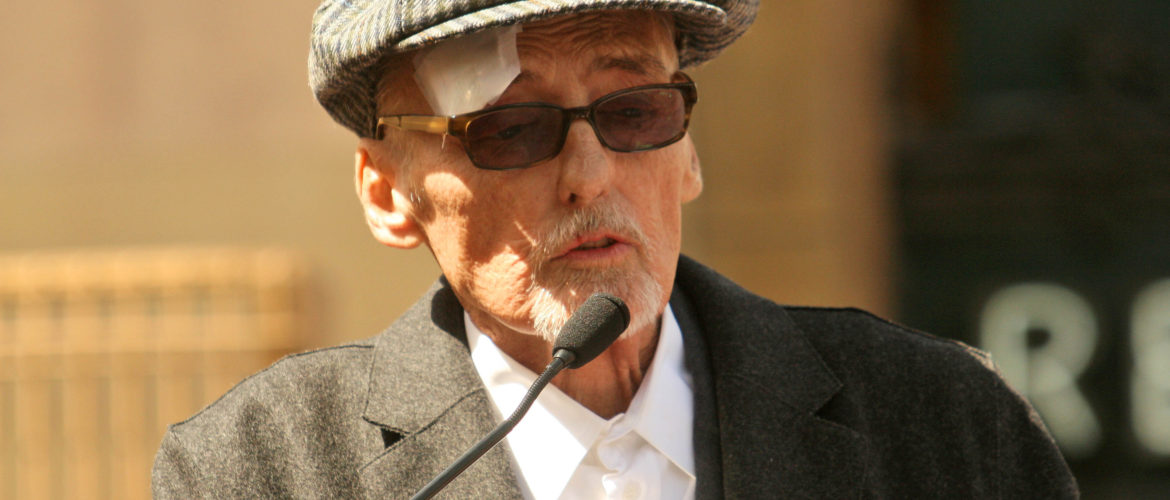What Makes Photographs by Dennis Hopper So Special?

Dennis Hopper (1936 – 2010) was known to many as a filmmaker, but his creative expression went beyond cinema and included painting, sculpture, installation, and photography. In the 1960s, he took a series of photographs that are now considered iconic due to their unique artistic vision and historical value. There was hardly anything extraordinary about the artist’s camera technology (as he was using a simple Nikon camera), but his perspective on the booming American cities and defining figures of his time is definitely worth attention. Featured in the world’s best museums and galleries, including Gagosian and the Museum of Contemporary Art in Los Angeles, Hopper’s photographs allow the public to get a glimpse of a glorified period.
Social and Cultural Changes Captured by Dennis Hopper
The 1960s were a decade of unprecedented social and political changes, and Hopper was at the center of this transformation. He was able to record some of the most important social phenomena and events that shaped American culture, including hippies, the street life of Harlem, the Civil Rights movement, and the fast-changing urban landscapes of coastal American towns.
The artist also recorded the LA riots, illustrating escalating public dissatisfaction with the war in Vietnam. At the same time, Hopper documented the secluded, slow life of New Mexico, with its desert towns and empty roads sharply contrasted with noisy LA.
One of Dennis Hopper’s most famous shots, “Double Standard,” depicts an iconic Los Angeles streetscape dominated by wide avenues and traffic signs. This notable example of street photography illustrates the artist’s acute sense of perspective and creative positioning against the objects he captured.
Hollywood Starts Photographed by an Insider
Spontaneous portraits of legendary actors, musicians, and other prominent figures constitute an important part of Dennis Hopper’s legacy. Due to his insider position in the cultural milieu, he was able to take lively photos of Jane Fonda, Tina Turner, John Wayne, Marlon Brando, Andy Warhol, and even Martin Luther King Jr. Hopper’s intimacy and friendship with many of his models made his photos particularly valuable, as they were never staged.
A shot of the celebrated actor Paul Newman, with a shadow of a chain-link fence cast on his bare back, is one of the most famous photographs made by Dennis Hopper. The artist earned a well-deserved reputation for managing to get a glimpse of both ordinary and exceptional aspects of American life in the 1960s. In his works, cars, billboards, gas stations, and Hollywood stars famously co-exist as if coming from an old movie.
